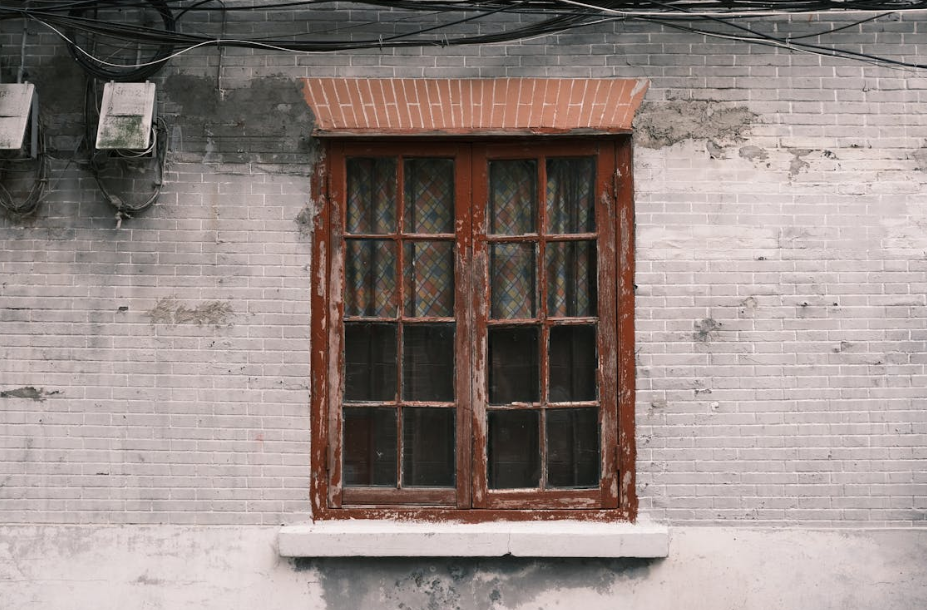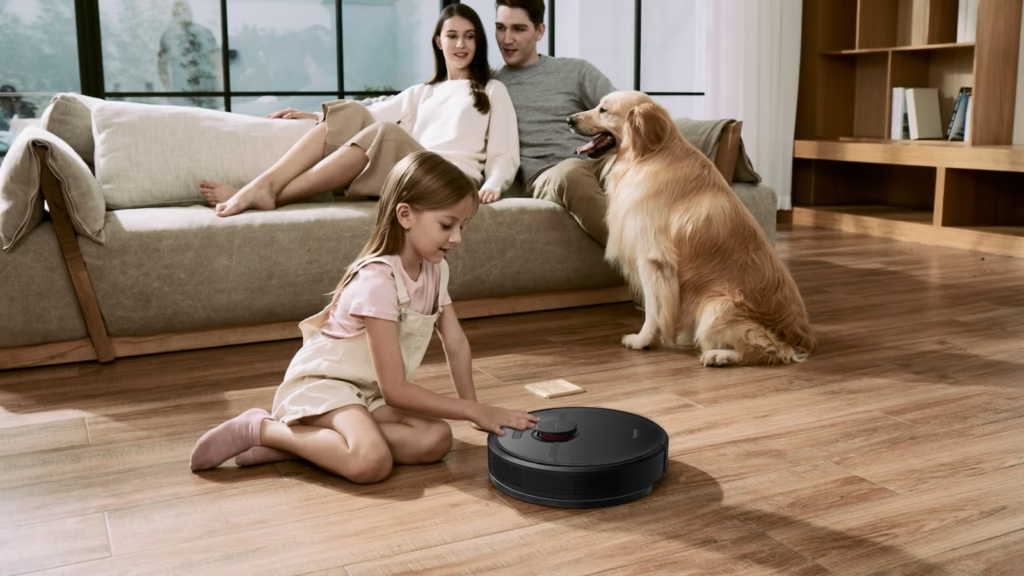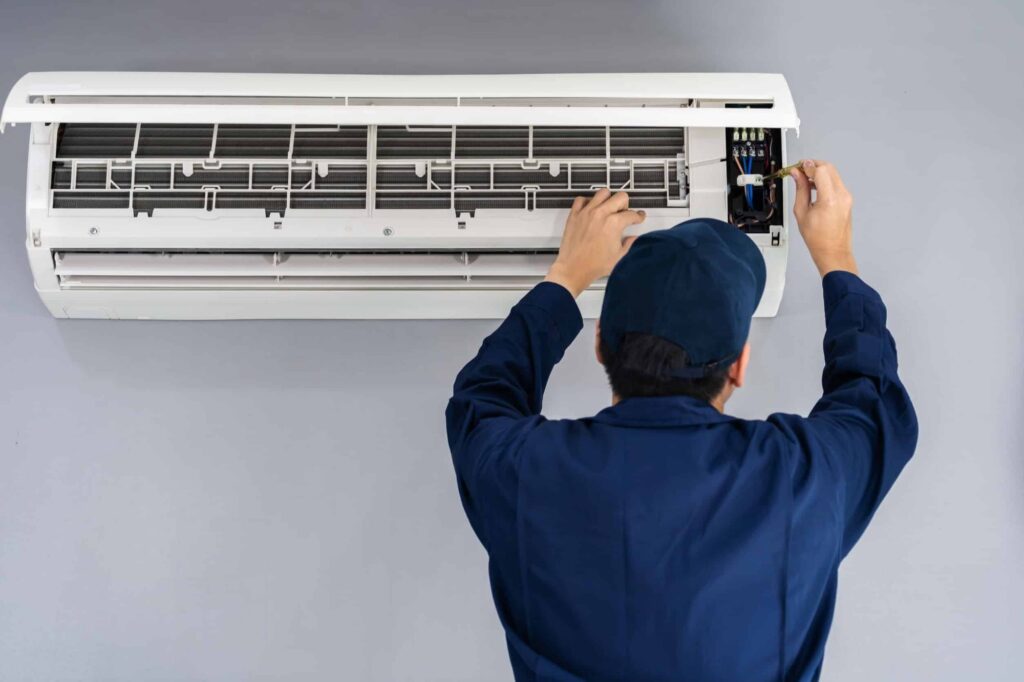It happens quietly. One season blurs into the next, and before you realize it, your windows (those features you barely think about) have started to fail you. Small drafts creep in. Energy bills rise. That once-clear view gets cloudier. The truth is, windows do not age like fine wine. They wear out faster than most homeowners expect.
If you are living with windows that are ten, fifteen, or twenty years old, it is time to ask a serious question: are they still doing their job?
The Warning Signs Are Subtle at First
Unlike a roof leak or a broken furnace, failing windows rarely scream for attention. Instead, the signs creep in slowly. Southern Living highlights common signs you should not ignore, including drafts, sticky operation, and rising energy bills.
Here are some more indicators that your windows may be on their way out:
- Drafts you only notice on the coldest or hottest days
- Windows that stick, jam, or refuse to stay open
- Rising heating and cooling costs without any obvious cause
- Condensation or fogging between glass panes
- Fading furniture, rugs, or flooring from unchecked UV exposure
None of these happen overnight. But once you spot them, they are a clear message: your windows are aging out of their prime.
Technology Has Outpaced Your Old Windows
Window technology has come a long way in the last decade. Today’s energy-efficient windows offer better insulation, stronger seals, smarter glass coatings, and even UV protection that older models simply cannot match.
If your home still has single-pane windows or older double-pane units without energy-saving features, you are missing out. Not just on comfort, but on serious savings. Companies like Golden Windows specialize in modern, high-performance options built to handle real-world weather and energy demands.
Old Windows Hurt Your Home’s Value
Whether you are planning to sell soon or just protecting your investment, outdated windows are a red flag to buyers and inspectors. They signal deferred maintenance, higher utility costs, and upcoming replacement expenses.
On the flip side, updated, efficient windows add instant curb appeal, boost asking prices, and reassure buyers that the home has been properly cared for.
They Are Costing You More Than You Realize
It is not just about aesthetic wear and tear. Older, inefficient windows force your heating and cooling systems to work harder, month after month, year after year. According to This Old House, most windows are designed to last between 15 and 30 years, but factors like material quality and climate can shorten that lifespan. If your windows are nearing that range, replacement might be overdue.
Replacing aging windows is an investment, but it is one that pays you back through lower energy bills, improved comfort, and long-term home value.
Final Thoughts: Do Not Let Outdated Windows Drag Your Home Down
Windows are not designed to last forever. Ignoring the signs of aging windows might seem harmless now, but the longer you wait, the more you risk in lost comfort, rising costs, and missed opportunities to boost your home’s value.
Your windows might not look like they are failing. But if they are more than a decade old, they are not performing like they should.
It might be time to take a closer look… before your windows quietly turn into your home’s biggest liability.






